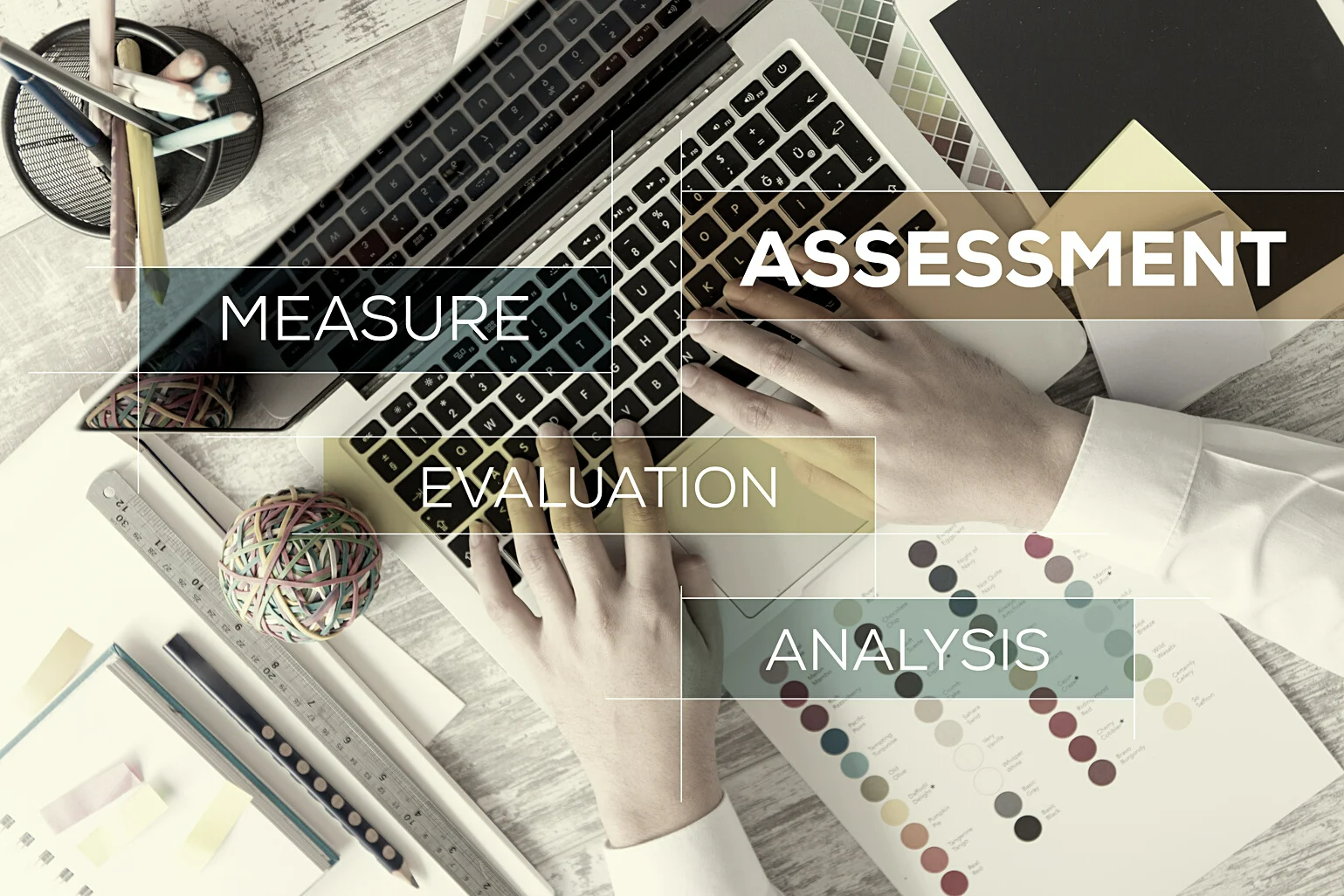William Moulton Marston

Emotions of Normal People
Marston was also credited with helping to contribute to the first polygraph test, creating the character Wonder Woman, and authoring several self-help books.
Marston believed that behavioral types came from people's sense of self and their interaction with the environment.
2 Dimensions that Influence Behavior
He included two dimensions that influence people’s emotional behavior:
- Whether people view their environment as favorable or unfavorable.
- Whether a person perceives himself as having control or lack of control over his environment.
